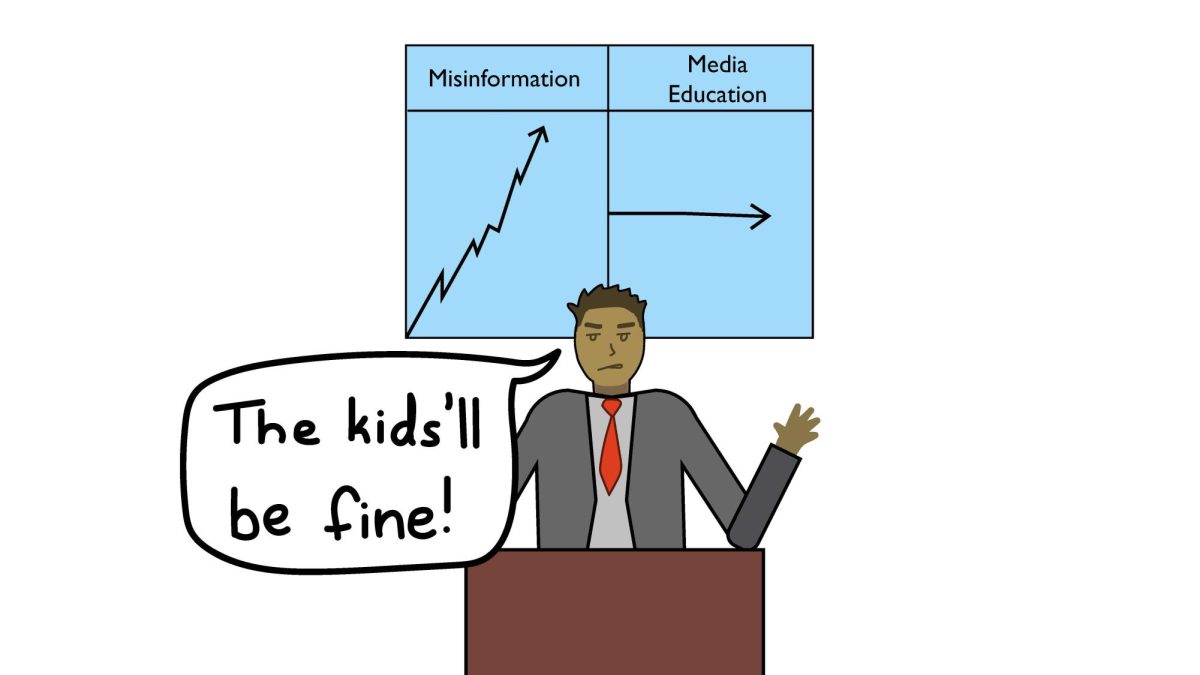Reports of bad conditions abroad or feelings of social responsibility often move citizens of developed countries to donate their labor. One growing trend is “voluntourism” trips — one to two week long trips abroad to sightsee and perform volunteer work, led by nonreligious organizations. Usually travelers combine small service projects like working on a house or painting schools with cultural immersion and visits to famous attractions. This may sound like a good idea, but in reality, trips like these do very little to help the communities they claim to serve, while leaving the travelers feeling like they did their part to help save the world.
It is true that developing countries face many problems that volunteers can legitimately help with. Issues like sanitation, education and healthcare can all be dealt with by reputable non-governmental organizations. Most work on voluntourism trips, however, consists of small building projects or short meetings with children by the largely unskilled volunteers. Temporary volunteer work like this can’t solve the deep, long-term problems that developing nations deal with. A school, for example, is of no use when children are busy working or there is no money to hire teachers.
In 2010, after the earthquake in Haiti, volunteers came flooding in to “save” the people there. Seeing the destroyed houses, they set to work rebuilding. The problem, though, was never the houses, but rather multigenerational poverty and a lack of opportunities to advance in society. As long as these foundational problems exist, progress in other areas cannot be achieved. Eventually, when houses need repairs, unless the underlying society and economy has hanged, the Haitians will still be reliant on help from abroad.
It would be unfair to entirely write off the positive impact of these trips. “Voluntourists” do accomplish some work in their own scope — schools do get painted houses do get built. Volunteers flown in for a week, however, are usually unskilled in construction compared to trained professionals. If the cost of a voluntourism trip was donated through a charitable organization to local skilled laborers to do the work instead, more could be accomplished in less time, higher quality work would be produced, and, best of all, local jobs would be created. Sometimes, the best way to help is not always the most hands-on, and there is nothing wrong with that.
Many voluntourism opportunities come with a hefty price tag, and organizations must compete with each other to justify their cost. According to a report from the University of Vermont, 1.6 million “voluntourists” spend over 2 billion dollars each year, and the industry gets larger every year. Organizations that advertise these trips promise eye-opening experiences and opportunities for enrichment, focusing highly on what can be gained by a traveler from one of their trips. By heading down this path and focusing entirely on crafting an experience for the volunteer, they have lost sight of what should be their real goal — helping people and communities.
Not only do these trips inefficiently use resources for charitable work, but they also mislead the people who go on them. After returning from one of these trips, many people talk about how seeing a “developing country” opened their eyes to how great life is in their home country, and how they are so much more grateful now. This reinforces the white savior complex, a harmful stereotype that the world outside of America and Europe is full of suffering and it is up to us to save it — something that echoes the antiquated sentiments of so many Western explorers and missionaries of the past. In fact, many places are doing just fine and are in no need of Americans to save them.
When considering one of these trips, think about helping out in a different way. Options like raising money for a reputable charity or volunteering in your community let you make sure none of your work is wasted. Instead of paying for a prepackaged altruistic experience, find a more effective way to help.

















